
-
Updating Roman Jakobson’s ‘Poetic Function’ with Vector Semantics
Read more: Updating Roman Jakobson’s ‘Poetic Function’ with Vector SemanticsKurzynski discusses how poetry extends beyond sound and rhythm and taps into a deeper network of meanings.


Kurzynski discusses how poetry extends beyond sound and rhythm and taps into a deeper network of meanings.
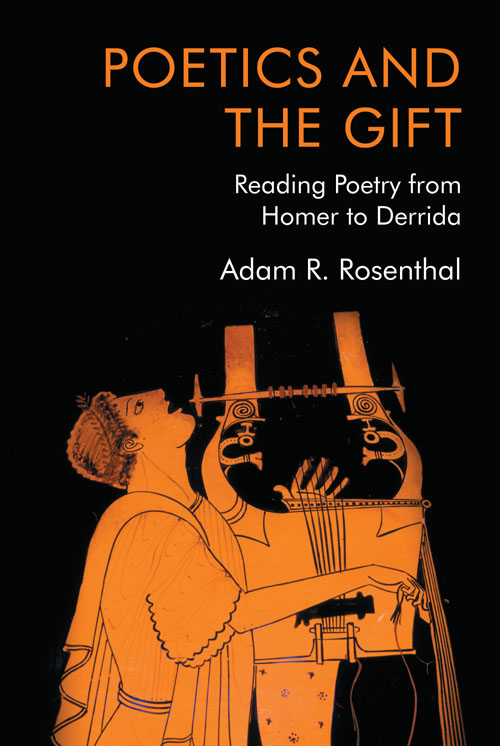
"The gift—what we call “the gift” and “giving”—appears to have at least two distinct functions, and one would be hard pressed to decide between them."
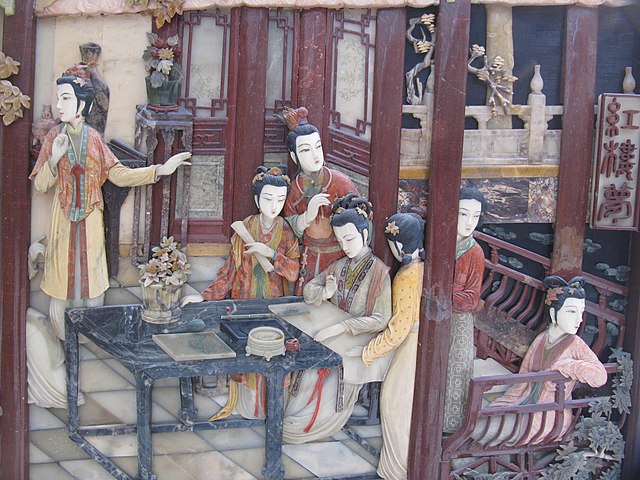
by Xiaofei Shi and Labao Wang Does Chinese children’s literature have a prehistory? While it is presumptuous to date the history of Chinese children’s literature all the way back to the Eastern Jin Dynasty (317–420) when the tale ‘Li Ji’…

by Jürgen Pieters The painting on my new book’s cover was made by the Viennese artist Friedrich Frotzel (1898-1971). Its title – ‘The Old Bookcase’ – makes it even more appropriate. The library of comfort, as I make clear in…
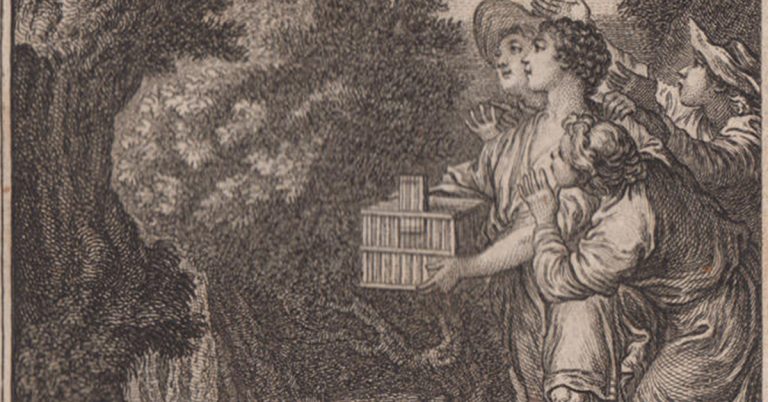
By Stuart Gillespie I was one of the two founding editors of this journal in 1992. Anyone involved with a publication for this long will have travelled far, and when I look back over the thirty-year lifespan of Translation and…
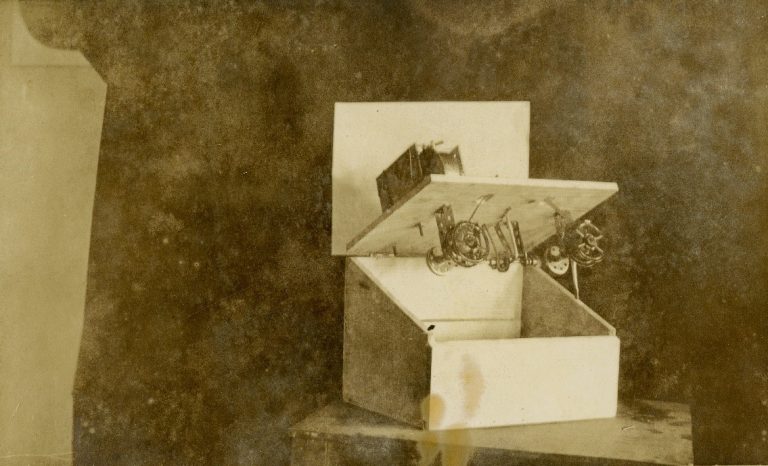
Poetry aficionados, media archaeologists and scholars of modernism might have heard of the ‘godfather of the e-reader’ Bob Brown, and his infamous ‘Reading Machine’ – but his wife Rose is an equally compelling figure. In fact, her story changes how we understand the connections between technological and literary innovation, and their capacity to promote social change, and with one exception, it has remained untold.
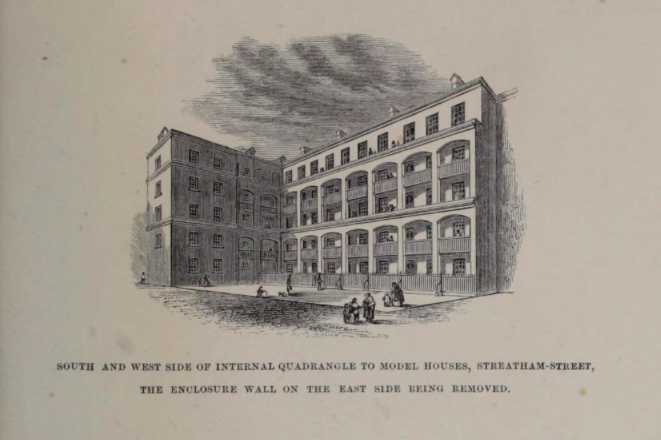
Thanksgiving Model Buildings An article published in The Lady’s Newspaper in 1851 makes an explicit connection between creative production – in this case writing – and its effect on architecture. ‘The painfully true pages of Mr. Mayhew’s “London Labour and…
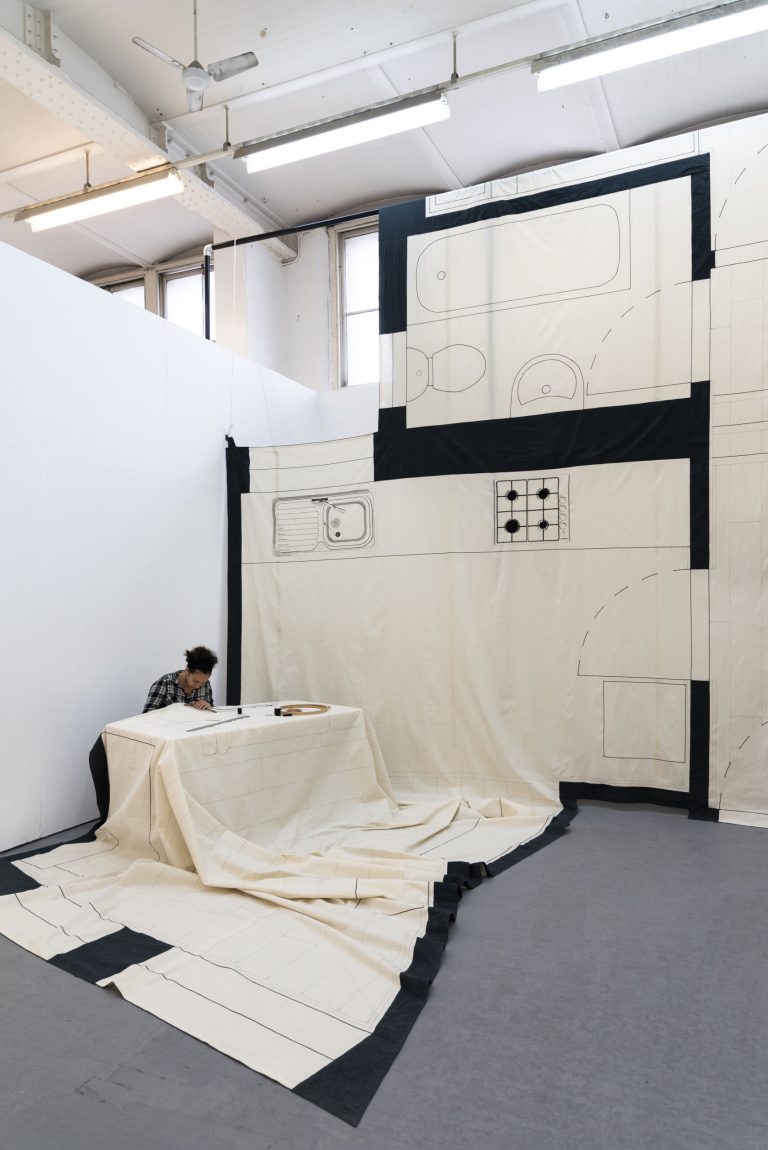
If she were earning a living wage, the amount of time it would take to purchase the flat – only 393 square feet in size – would require 21, 874 hours of labour. In so many hours, Morison estimated, a person could read the bible 309.54 times, gestate 3.26 babies, or complete 2.48 lifetimes worth of pub visits.
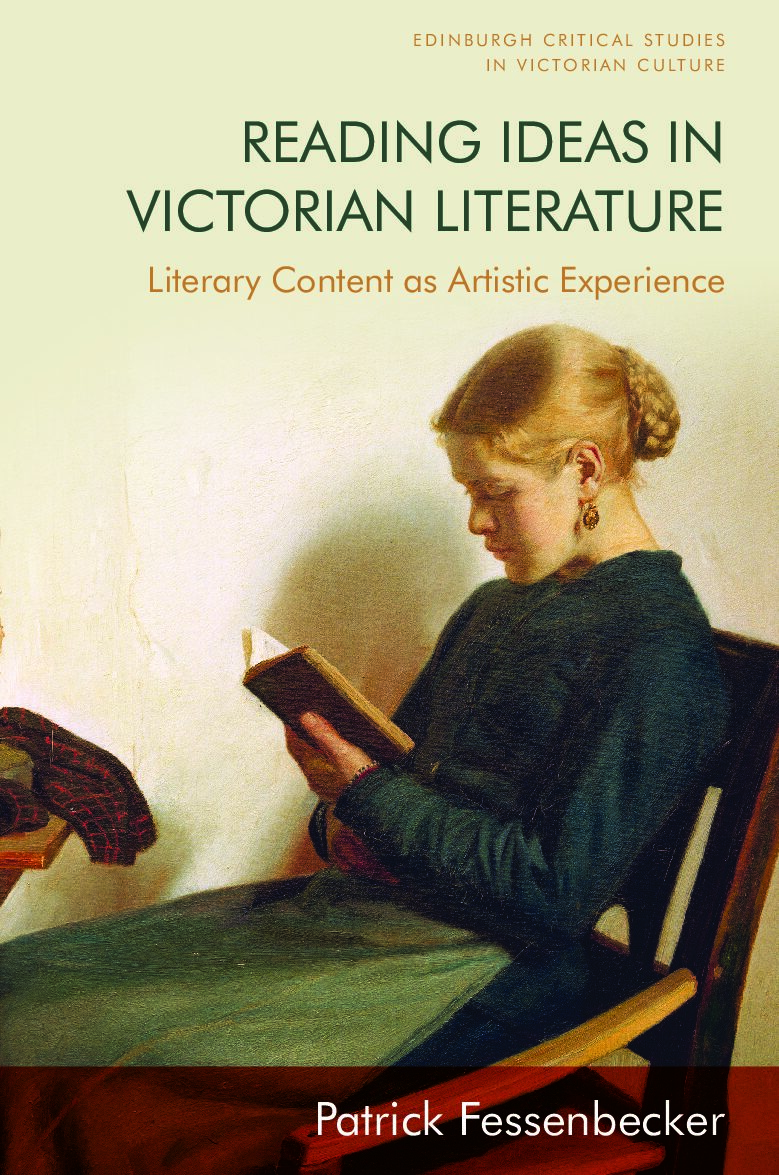
Anglophone literary criticism has over the last decade engaged in a searching analysis and critique of its own methods. Perhaps surprisingly, much of that debate has considered *how* one should engage in literary interpretation—whether one should read closely or from a distance, interpret in a paranoid or reparative way, emphasize the work’s surface or depth, engage in “critique” or some other mode of attachment—and rather less *why*. But we might benefit from asking that question more openly: what, after all, is the point of literary criticism? Why does this practice merit the sustained intellectual energy so many scholars have devoted to it?
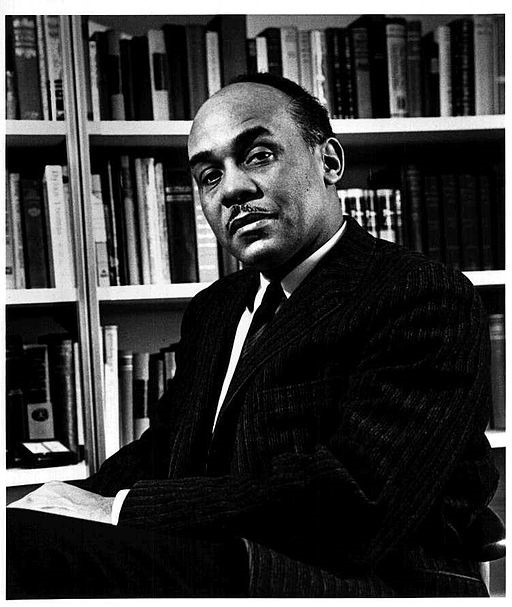
Participants in the protests following the murder of George Floyd in Minnesota have emphasised historical continuity in the experience of racist oppression in the United States.